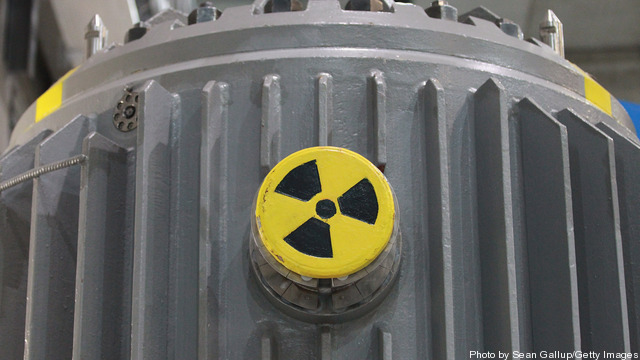 Power prices are too low. That’s what utility executives believe. They need prices to increase for their generators to return healthy earnings. Otherwise, they will have to retire plants and exit the market.
Power prices are too low. That’s what utility executives believe. They need prices to increase for their generators to return healthy earnings. Otherwise, they will have to retire plants and exit the market.
Dominion Resources decided not to wait. They recently announced plans to retire their Wisconsin-based Kewaunee Nuclear Power Station 21 years early. Dominion concluded they would not be able to achieve any earnings for their 556-megawatt unit, they might even lose money and they could not find anyone to buy it. They had no choice but to shutter and decommission Kewaunee. Keep reading →









